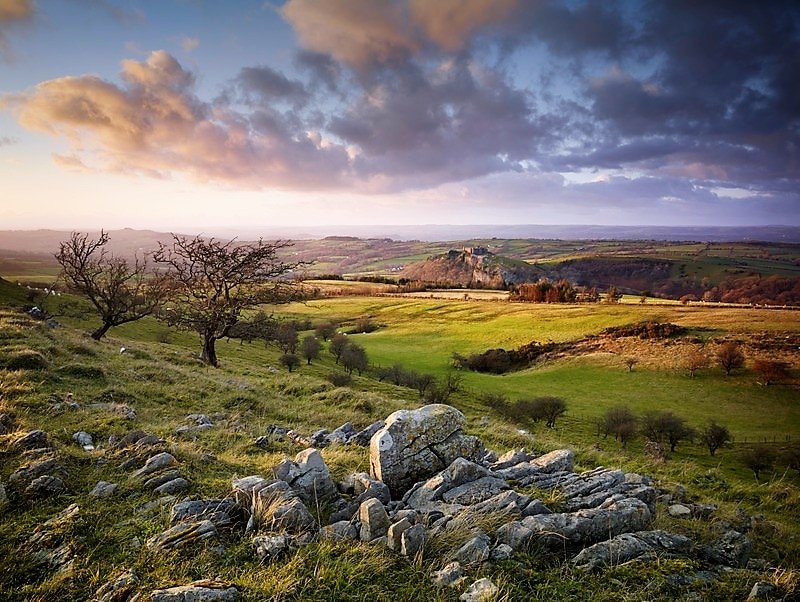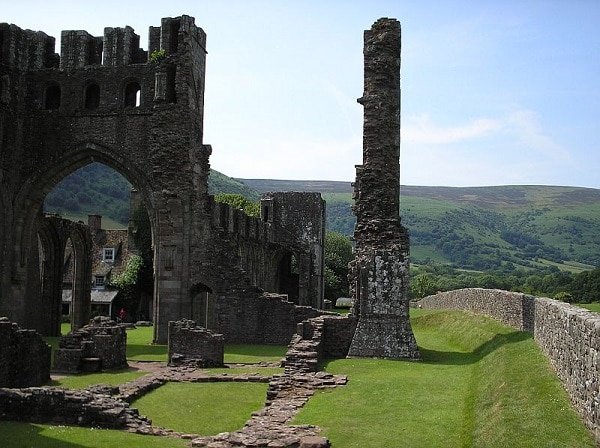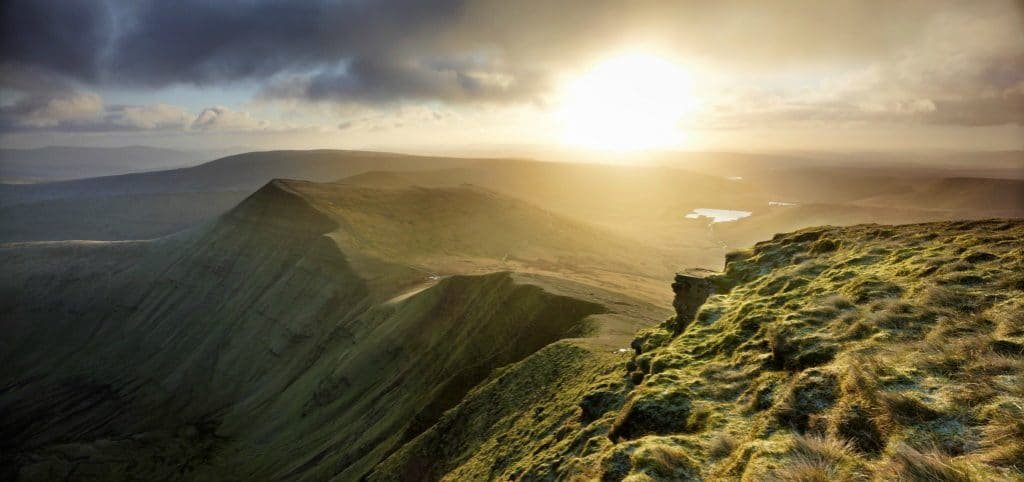
In this, the last but one of our series highlighting the National Parks of Great Britain, we head back to Wales. We’ve already explored Snowdonia and the Pembrokeshire Coast. This week, we will take a look at some of the highlights of the Brecon Beacons. Read on to find out what to do, what to see, and where to stay.

The Brecon Beacons, or the Bannau Brycheiniog as they are known in Welsh, is a range of mountains that runs across the southern part of Wales. The National Park surrounding them covers a total area of 519 square miles. The park opened in 1957. Approximately 32,000 people live within the boundaries of the park, which also attracts some 4.15 million people each year.
There are several visitors centres, tourist information centres, and other local sources of information to help you enjoy your stay. The National Park Visitor Centre, also known as the Mountain Centre, in Libanus is open from Easter to October. The centre’s tea rooms serve a wide range of food and drinks, so enjoy some tea and cake while the kids enjoy the play area. The Black Mountain Centre also offers food, local displays, and free internet access. Other centres are at Abergavenny and Crickhowell.

What to do.
If you love the outdoors, you won’t run out of things to do in the Brecon Beacons. There are walking and cycling trails for every ability level. You may think of Snowdon when it comes to mountains in Wales, but don’t ignore Pen Y Fan, the park’s highest spot at 886m above sea level. Choose one of the various paths to the peak, depending whether you want gentle or tough, quiet, or long. The paths range in length from 4 to 11 miles. If you want to take the shortest route but pretend to have taken the toughest, we won’t tell.
The 95 mile Beacons Way crosses the breadth of the park, offering a wealth of views along the way. Be sure to take a good map and a compass if you decide to walk this as many spots on open land are not marked.
![]()
If an afternoon fishing is more to your liking, you will find a good choice of fully-stocked reservoirs, rivers, and lakes. Perch, salmon, and brown trout are among the many fish here. A fishing license is required. You can buy one at any local post office.
The Brecon Beacons are home to a wide selection of wildlife in addition to the fish. Keen spotters can see otters, water voles, great crested newts, ringed plovers, and many other species.
Prefer to be underground? While we love the scenery above ground, we can appreciate that you might want to explore some of the longest limestone cave systems in the United Kingdom. Caving trips can be taken with one of the many experienced guides in the area. Do not attempt to go caving alone. Go only with a qualified guide.

What to see.
Like Exmoor and Northumberland, the Brecon Beacons are a good place to be at night. The park is the site of the first International Dark Sky Reserve in Wales. On a clear night, stargazers can enjoy magnificent views of the Milky Way, meteor showers, and the constellations.
It is definitely worth spending some time in Brecon, a historic market town within the park. The Regimental Museum of the Royal Welsh traces the history of one of the British Army’s most famous regiments. See dozens of artifacts, including some from the 1879 Anglo-Zulu War. Free lunchtime choral concerts take place at Brecon Cathedral every Friday throughout the summer months. There are also tea rooms and antique shops to explore.

Llanthony Priory was one of the few Augustinian priories in Wales, and probably the most remote. The beautiful remains of the 12th century building is open year round. Admission is free. Or take a tour of the Penderyn Distillery, and learn how the local waters contribute to award-winning Welsh whiskey (yes, there is such a thing).
And we can’t forget a railway. The Brecon Mountain Railway runs from Pant into the Brecon Beacons National Park to Torpantau. The return journey takes 1 hour and 40 minutes and includes a 35 minute stop on the way back.
Avoid the crowds.
There are plenty of remote spots within the Brecon Beacons. Pen Y Fan can be very popular when the weather is good, and so you might want to get an early start so that you can enjoy the views without too many interruptions. Then you also have the satisfaction of going downhill and passing all those tired walkers! Fan Nedd attracts fewer people. You can sometimes have the whole route to yourself. The same goes for the trails around Fan Gihirych.

Where to stay.
Camp and caravan sites are available throughout the park. Wild camping is permitted. Be aware that some of the land is privately owned. A list of farms that allow campers is available at the visitor centres. Be respectful of their property and clean up after yourself.
Whatever your accommodation preference–hotel, bed and breakfast, hostel, or self-catering–you will find a variety of options, and so there is bound to be something to suit your budget. Our sidebar includes several affiliate links to hotel chains and cottages within the area.



2 thoughts on “National Park Spotlight: Brecon Beacons”
Comments are closed.